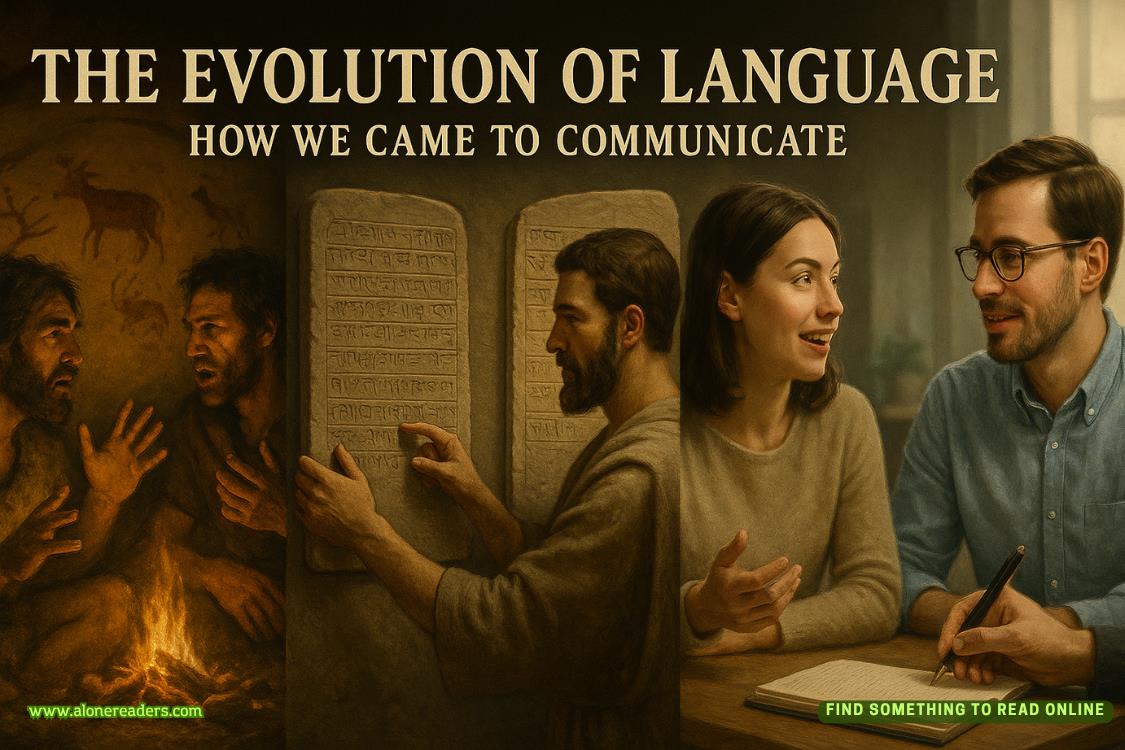Page 3 of One Last Step
I oblige, and when the door closes behind me, I have to force myself not to jump.
In front of me, every bit as ominous as its counterpart in Boston, is a regulator clock.
CHAPTER TWO
I do not believe in coincidences.I am certain that everything happens for a reason, even if those reasons aren’t immediately apparent.
Yet I find myself wrestling to come up with a mundane explanation for the sudden appearance of the exact same timepiece here as at the shop I visit in Boston.That clock was built by a French clockmaker.This museum celebrates a Swiss clockmaking family.Why is it here now if it’s not a symbol telling me that I’ve come to the right place?
“That is a Guillaume du Paris regulator clock,” Elena says.“Guillaume was inspired by my ancestor Georges Rousseau to construct grandfather clocks.Legend says that he found a Georges Rousseau piece in the foyer of a Viennese hotel and was so struck by its beauty that he made his own.There are, I believe, eight of these pieces worldwide.”
And I have somehow managed to see two within one day.Could this be a sign that I am truly on Annie’s trail?
I dismiss that almost immediately.For goodness sake, they are only clocks.One just happens to be here in a museum, and another just happens to be at an antique shop in Boston.
Still, I can’t shake the sense that this is an omen of some sort.
“You can leave your suitcase in the foyer for now,” she tells me.“Don’t fret about the water.The floor is designed to drain that water to the outside.”
She points out grooves on the outer floorboards where water can escape through small grates.“An ingenious design,” I tell her.
"Thank you, but of course,Ican’t take credit for it.My ancestor, Tristan, designed the house this way when he built it.”
“Impressive.”
“Yes indeed.He was a brilliant engineer.Had he not been fascinated with time, he could have been one of the most celebrated architects of his day.Of course, he became one of the most celebrated horologists of all time, so I suppose I can’t say he was humble.”
I look at the grandfather clocks that stand on either side of the doorway at the back of the foyer.“Are these also Guillaume du Paris pieces?”
“Hmm?Oh, no.These are Georges’ pieces.”
“They’re beautiful.”
They are indeed.Each stands about seven feet tall.They are composed of rosewood with enamel faces and simple brass pendulums that swing smoothly and quietly in opposite motions to the other—outward, then inward, outward, then inward.The effect is almost hypnotic.
Elena notices my admiration and says, “You can thank Francois for their condition and the fact that their pendulums swing in opposite directions.There’s no practical reason for that, of course, but it pleases our visitors.”
“Who is Francois?”
"Our resident horologist.I'm afraid I elected to follow in the tradition of my mother and pursue a career in history rather than horology.I am still fascinated by clockmaking, as you can see, but I leave the intricacies of the art to Francois."
“I look forward to meeting him.”
She leads me through the foyer into the first exhibit of the museum.I gasp when I see the array of clocks around me.They range in size from small desktop clocks to large cabinets with doors from which I presume various automata will escape at the chime of the hour.
They're constructed of all sorts of woods: ebony, pine, mahogany, maple and others I can't name.Some are painted in bright colors, while others retain the wood's natural stain.One clock is set in a cabinet of wrought iron.Their faces are sometimes brass, sometimes ceramic, and a few ivory.The bright brass of the hands stands out well against the ivory-faced instruments.Each piece bears a capital letter R in an old-style serif font etched into the base of the clock's housing.
"These are all pieces constructed by Tristan Rousseau, Georges' great-grandfather and founder of Rousseau Clocks.They're spring-driven, the most advanced technology at that time.You can see the elegant minimalism of Tristan's style.His focus was on simple elegance, a trademark of Rousseau's clocks that would persist throughout the lifetime of the company.His focus on quality is evident, too.As you can see, the clocks are all operational, even now centuries later."
Not only are they operational, but they all appear to be perfectly in sync.This is nothing short of spectacular, considering the age of the clocks and the relative primitiveness of their mechanisms.Francois must truly be a miracle worker.
The next room is filled with grandfather clocks and pendulum-driven table clocks.They vary in their elegance, with some of the finer pieces constructed with pearl faces and sterling silver metalwork set in richly oiled mahogany cabinets.Still, all of them bear the simple elegance that Elena speaks of before.They are not nearly so intricate or showy as the clock I looked at yesterday in Boston.
“These are all Georges’ pieces?”I ask.
“These range across several generations.The earliest pieces are by Georges’ father, Robert.Some are from Georges and others from his son, grandson and great-grandson, and so on.It wasn’t until the middle of the nineteenth century that electronic clocks began to take over fully mechanical timepieces.I must say, I am somewhat bitter about that.As a horologist and historian, I fully appreciate the advantages of modern timekeeping technologies, but as a lover of all things beautiful, I can’t help but feel that the advent of electronic timekeeping coincides with the end of clock design as art.”
I’m not quite sure how to reply to that, so I only say, “These are very beautiful pieces.”















